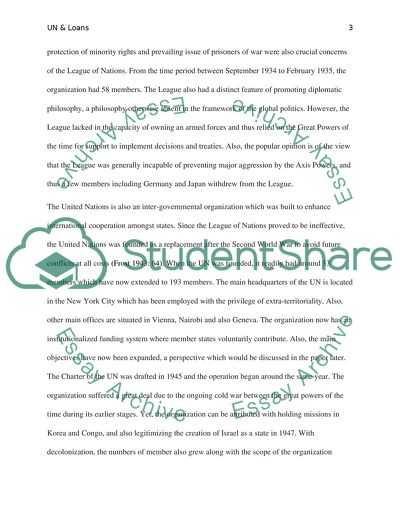Cite this document
(“The League of Nations and United Nations Coursework”, n.d.)
The League of Nations and United Nations Coursework. Retrieved from https://studentshare.org/social-science/1832105-with-reference-to-international-relations-theory-compare-and-contrast-the-systems-of-the-league-of-nations-and-united-nations
The League of Nations and United Nations Coursework. Retrieved from https://studentshare.org/social-science/1832105-with-reference-to-international-relations-theory-compare-and-contrast-the-systems-of-the-league-of-nations-and-united-nations
(The League of Nations and United Nations Coursework)
The League of Nations and United Nations Coursework. https://studentshare.org/social-science/1832105-with-reference-to-international-relations-theory-compare-and-contrast-the-systems-of-the-league-of-nations-and-united-nations.
The League of Nations and United Nations Coursework. https://studentshare.org/social-science/1832105-with-reference-to-international-relations-theory-compare-and-contrast-the-systems-of-the-league-of-nations-and-united-nations.
“The League of Nations and United Nations Coursework”, n.d. https://studentshare.org/social-science/1832105-with-reference-to-international-relations-theory-compare-and-contrast-the-systems-of-the-league-of-nations-and-united-nations.


